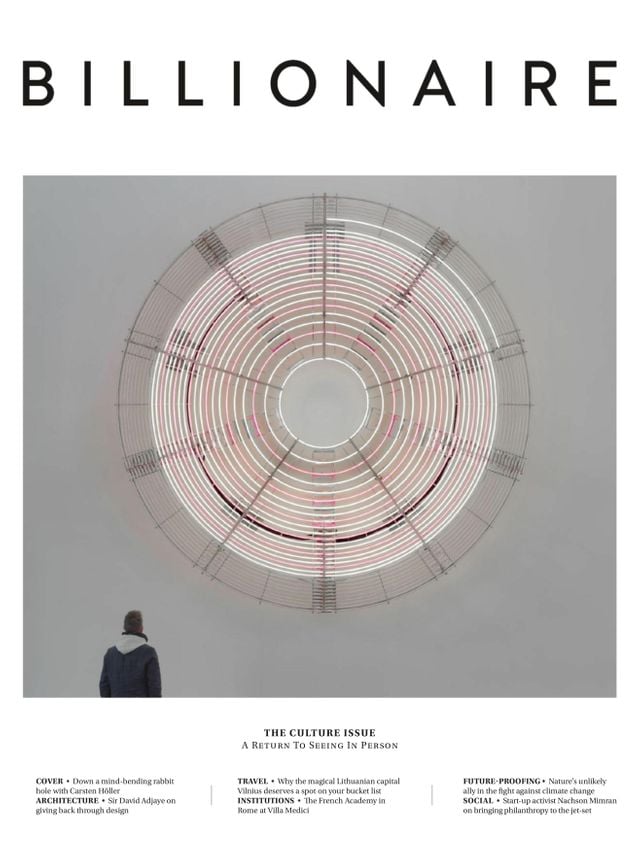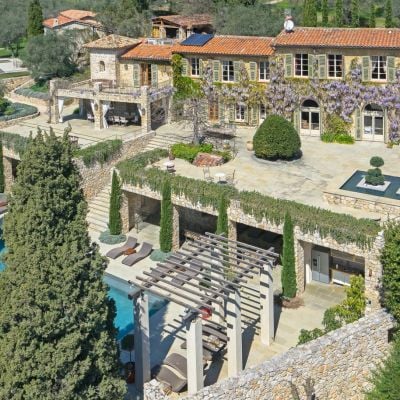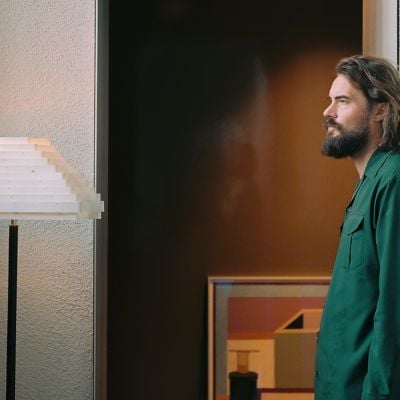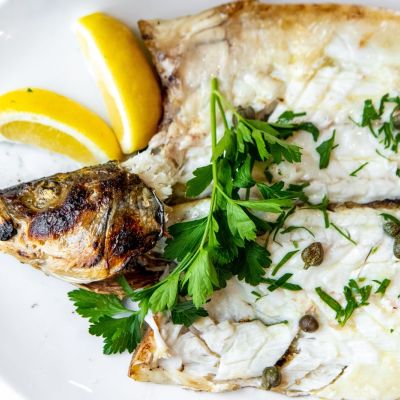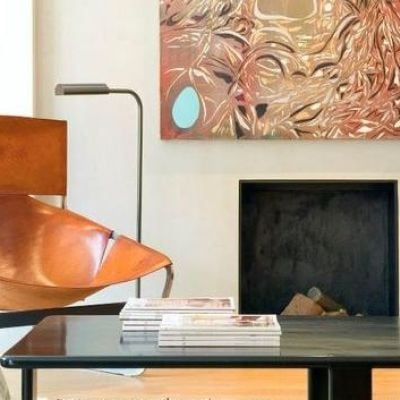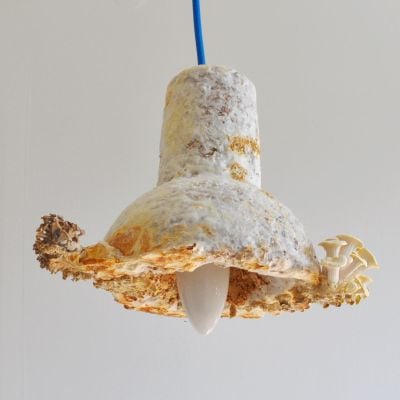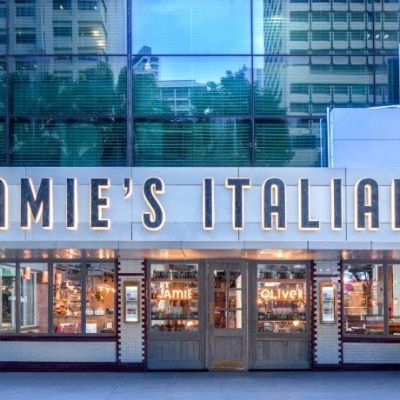Burnt Cork
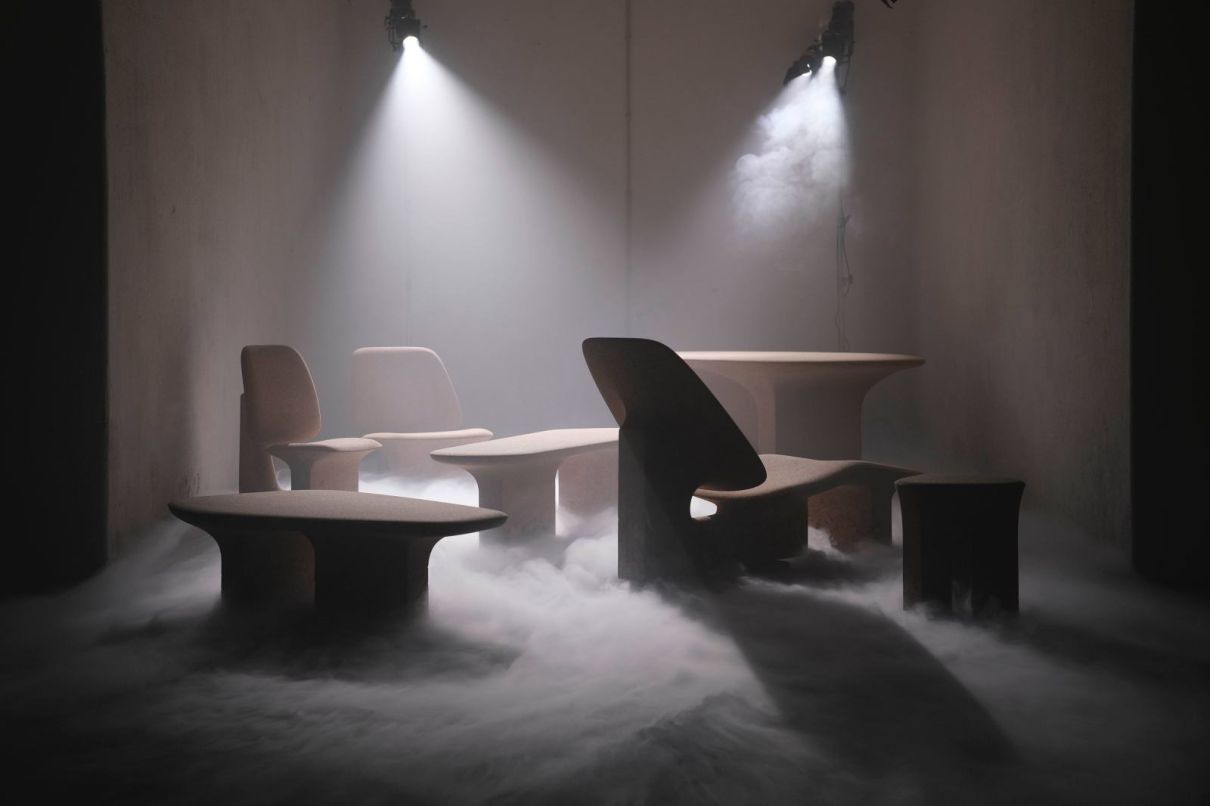
Noé Duchaufour-Lawrance exhibits contemporary design pieces that pay tribute to forgotten techniques.
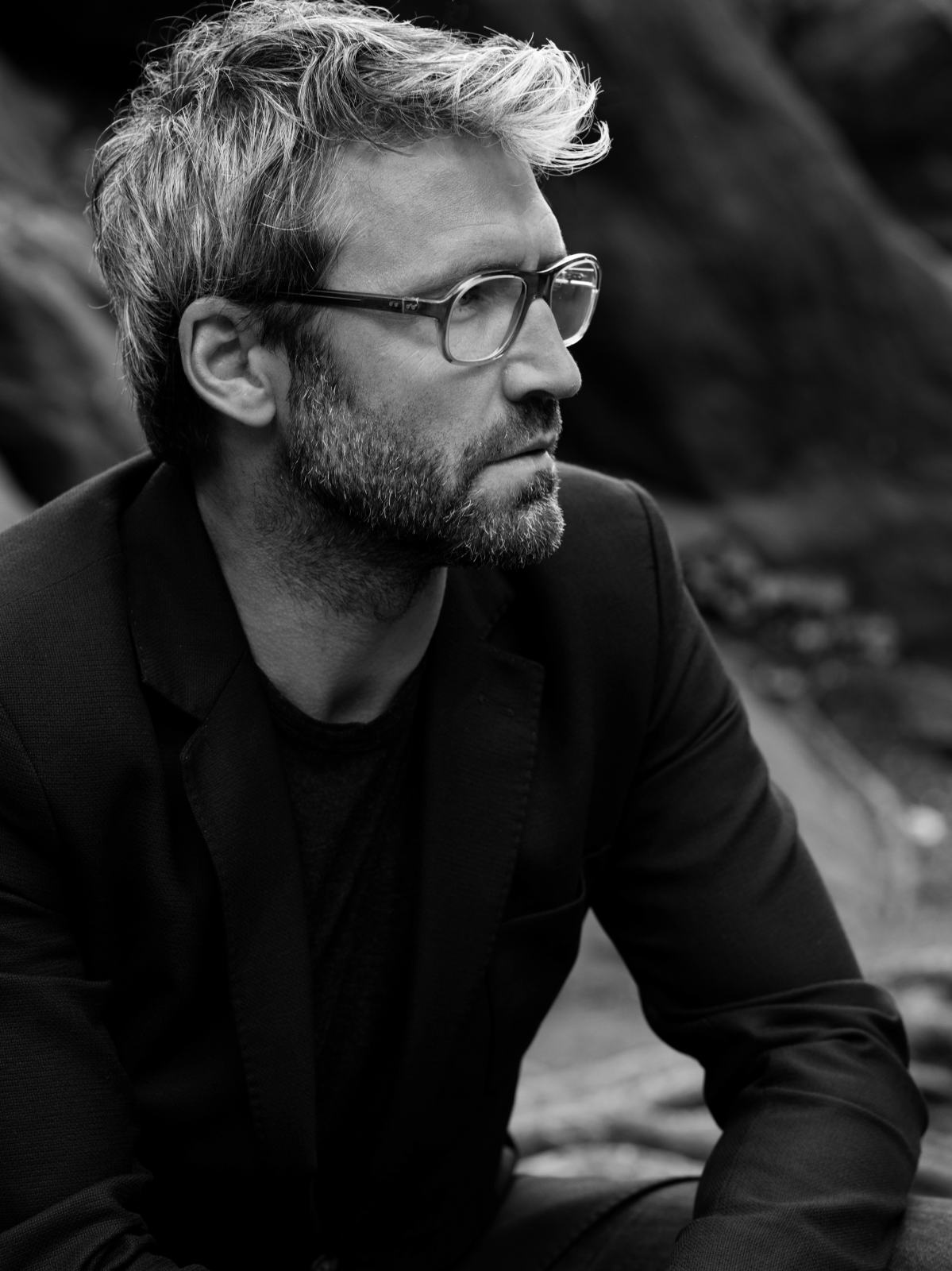
Based in Lisbon, French designer Noé Duchaufour-Lawrance defends ancient Portuguese craft. In his gallery, Made in Situ, he exhibits contemporary design pieces that pay tribute to forgotten techniques, discarded materials and innovative artisans. After unveiling Barro Negro, a collection of blackened ceramics traditionally baked in the ground, he has now unveiled Burnt Cork, a line of furniture made from reclaimed cork. Duchaufour-Lawrance talks about the project.
How did you first come across burnt cork?
Noé Duchaufour-Lawrance: When I moved to Portugal in 2017, I decided to drive out alone. When entering the country through the mountainous areas of Pedrógão Grande, I was suddenly surrounded by burnt, charred forests. It was a shock: hauntingly dark, spikes of burnt wood stood out, where there used to be a tree. Such a landscape and visceral experience made me question my interaction with nature as a designer and as a man. The idea to start the Made in Situ project came soon after. Cork came on top of the list when I was exploring specific Portuguese materials.
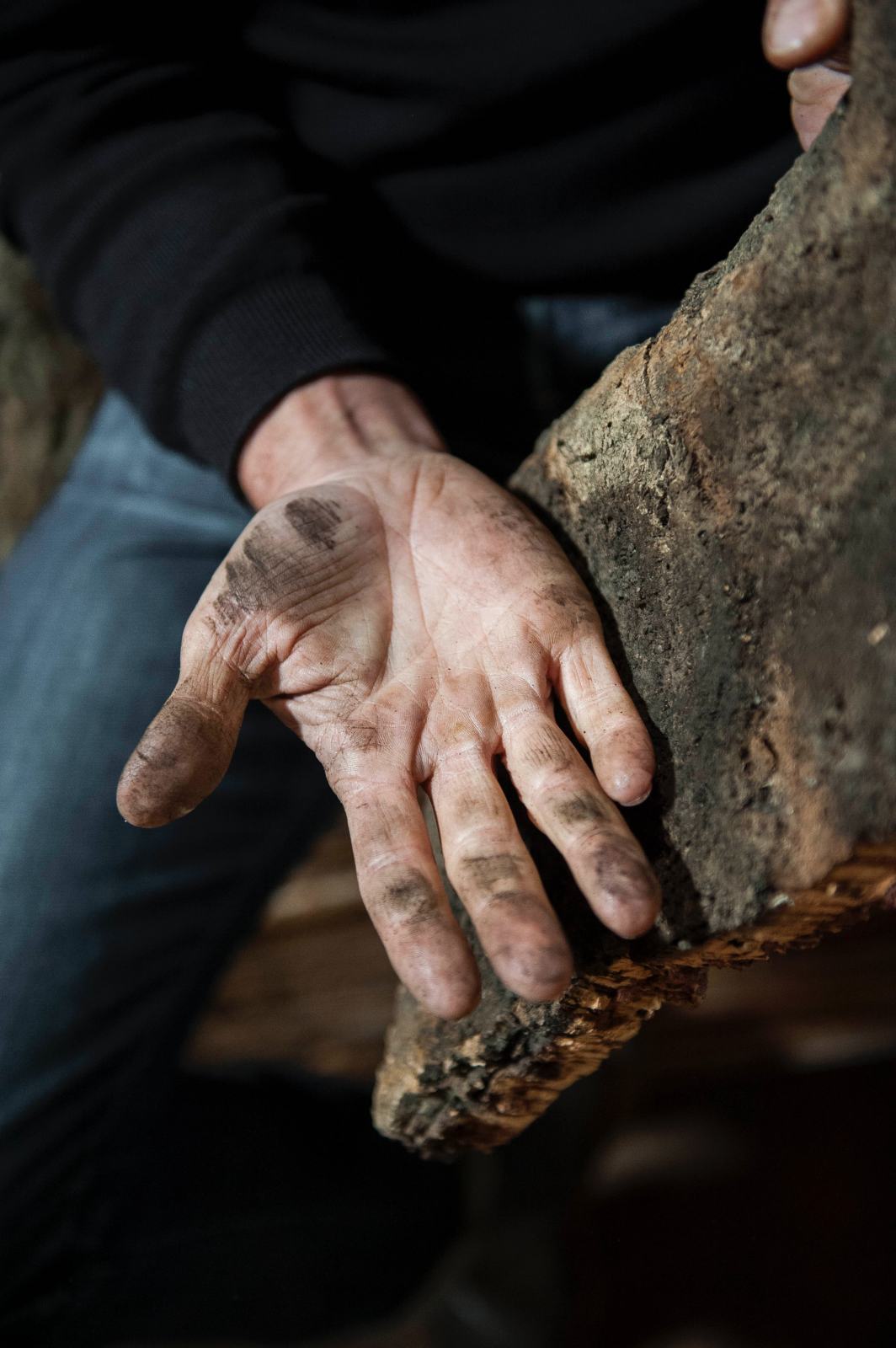
How did you source the burnt cork?
Me and my team visited a family producer of cork blocks in Faro in the Algarve back in October 2018. Such blocks are traditionally used for construction. The producer was looking for new ways to use cork more sustainably. During the visit I noticed a discarded pile of burnt cork. Later, as we toured the facility and learnt how to make blocks using granules from different size, I understood the same could be done using burnt cork. I saw an opportunity to transform the discarded cork into a new material. A phoenix of sorts.
What are cork’s inherent properties?
It is water-resistant, buoyant, elastic and a great acoustical insulator; cork is a super-material. It also has natural fire-retardant properties: in case of fire, the cork becomes a protective barrier for the tree, thus protecting the natural environment. When cork bark is removed, usually every nine years, during the harvest season in summer, the tree absorbs three times more carbon dioxide than an untouched oak, helping the regeneration of a new layer of cork. Cork oak forests make an important contribution to air quality, by filtering out carbon dioxide.
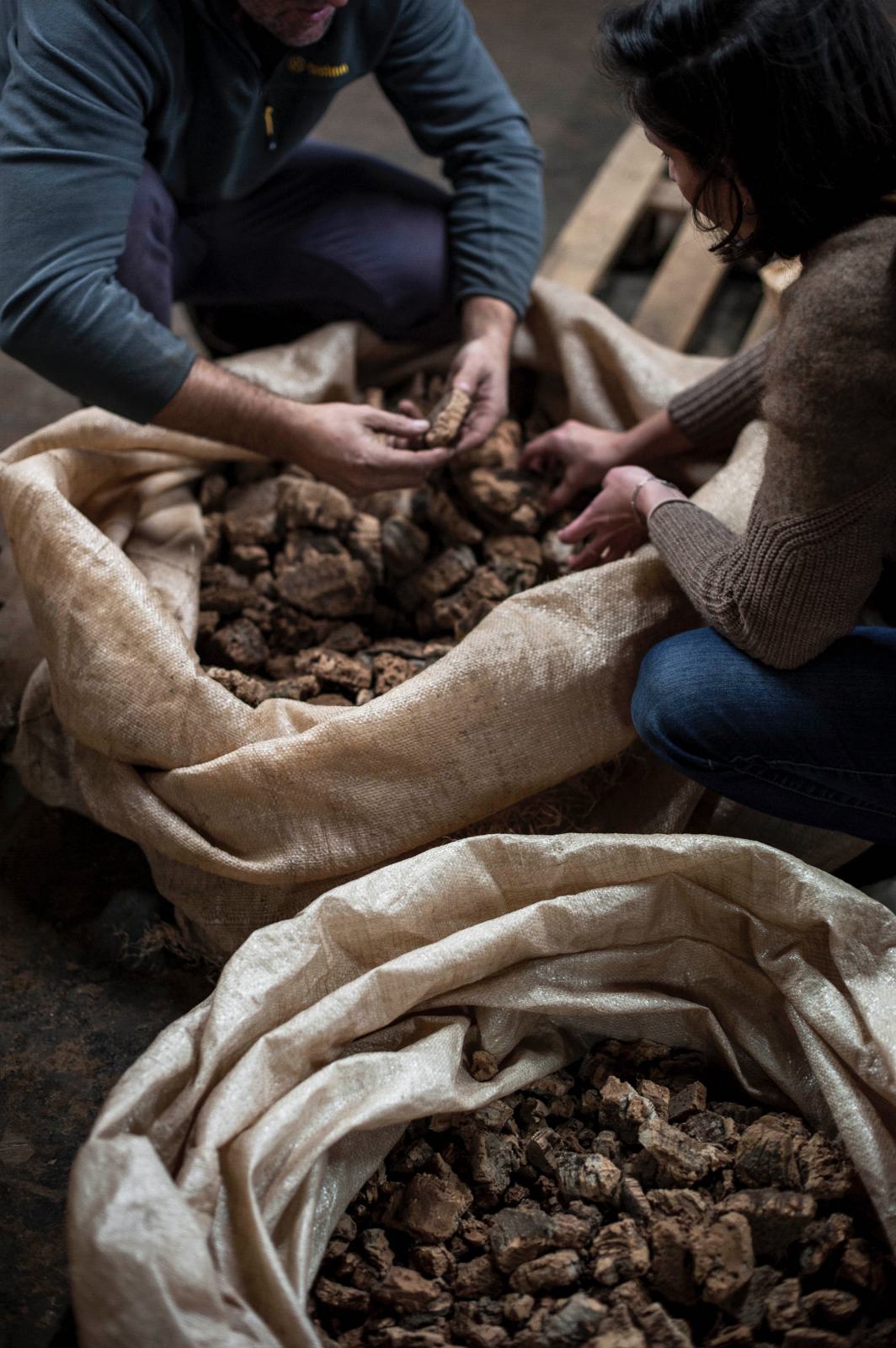
How important is it to salvage materials usually discarded?
The design object is not the end in itself. Every collection aims to reveal local know-how and materials, raising awareness on production methods and their environmental footprint.
Can you talk about the Made in Situ philosophy?
Each Made in Situ collection is the result of long-term investigation and collaboration with Portuguese craftspeople, confronting tradition and modernity, and creating a dialogue between craftspeople that have never collaborated in the past. For the Burnt Cork collection, nothing would have been possible without the commitment of NF Cork and Granorte, who have different, yet complimentary, skills.
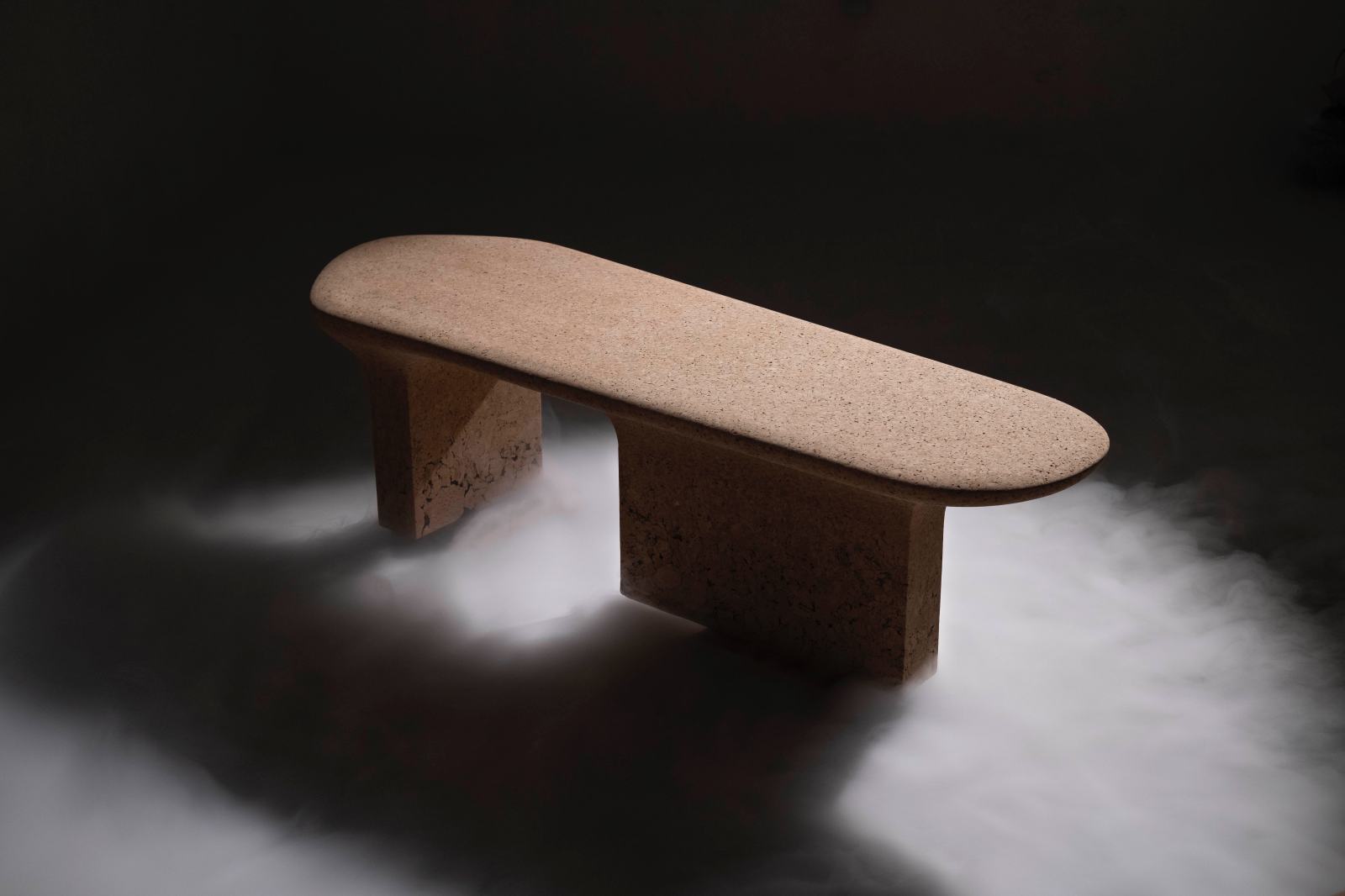
Was the design process easy?
The design process was tailor-made for the collection; it is very demanding. First, developing a series of custom-designed burnt cork blocks with NF Cork required two years of experiments. The challenge was to create hand-made blocks that would play with different granulometries, revealing a gradient from raw burnt cork to a refined finish. The blocks require six to eight weeks to dry and stabilise; it took us several trials to achieve our goal. Then we turned to Porto-based Granorte: a skilled operator of a seven-axis CNC machine, capable of sculpting the organic forms I designed. One by one, Granorte assembled, sculpted and polished the ‘raw’ material, the handmade, customised blocks, transforming it into a stand-alone collection of chairs, stool, coffee table and table. The process required combining traditions with high-end technology. Using digital tools helped us optimise the block assembling, the compositions and cut-offs to limit waste.
Cork is usually used to cover surfaces rather than three-dimensional objects. Did you intend to create a line of furniture from the start?
During the exploration phase, I forced myself to start from a blank page. I did not know which typology of pieces I would design with the burnt-cork material. I wanted each piece of furniture to contain and exhibit the marks of its history. The first piece that I designed is the chaise longue. The rigidity of the base morphs into curved shapes to welcome the body. It opened up the path for the rest of the collection. Each creation is a geometric composition of vertical and horizontal blocks that morph into fluid shapes to reveal a function.
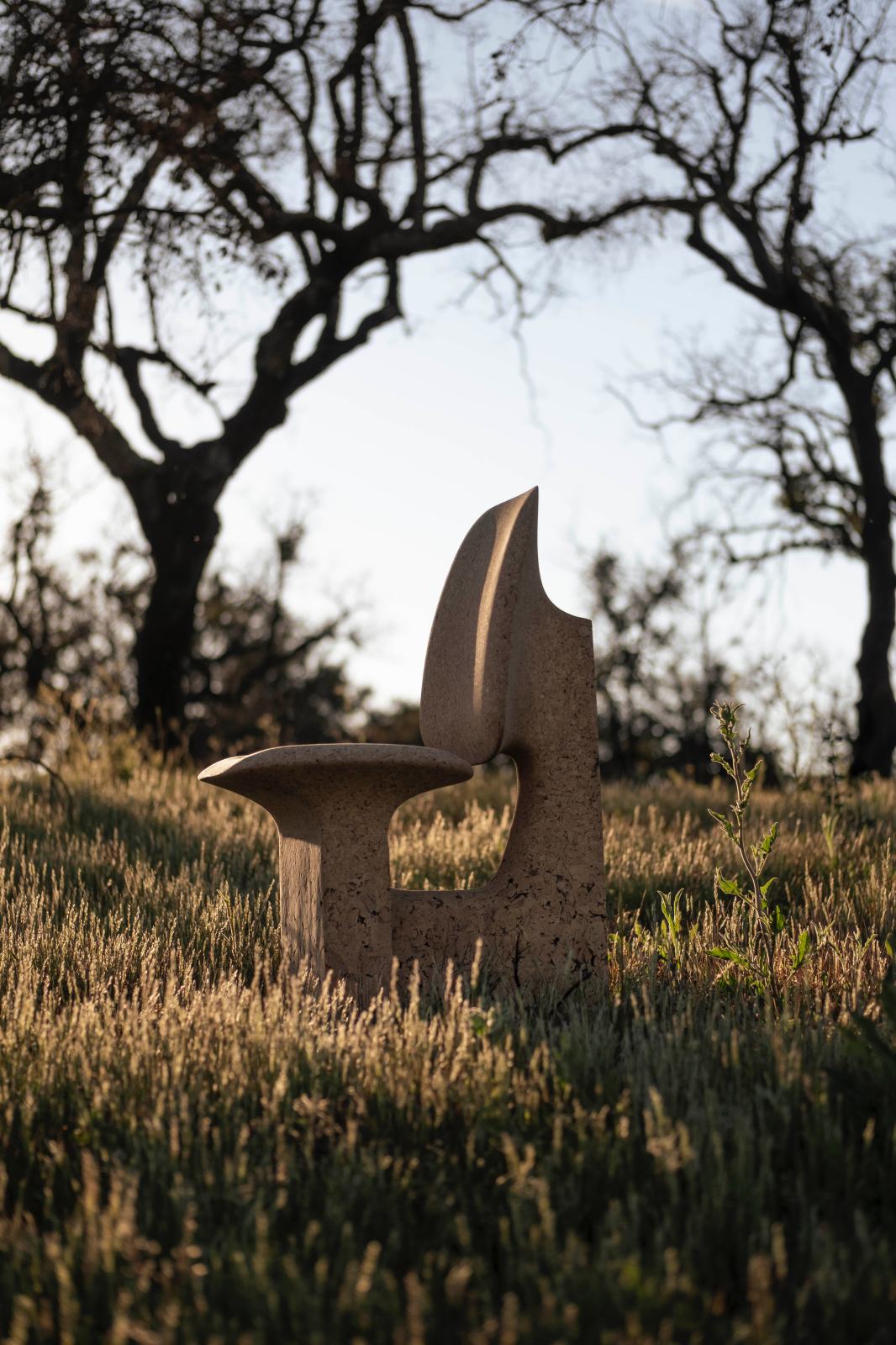
Even though a rough material, all surfaces feel soft and polished. Where you looking for such refinement?
My wish was always to reveal tactile and sculptural creations for this collection and to reconcile the roughness of burnt cork granules with soft curves. The soft finishes and hand-polished surfaces give the furniture a high-end feel, and the promise of a comfortable chair or table. The velvety touch is enhanced by the fact that nothing is added on the piece to protect the material. Cork speaks for itself.
madeinsitu.com/collections/burnt-cork
This article originally appeared in Billionaire's Culture Issue, Autumn 2021. To subscribe contact

